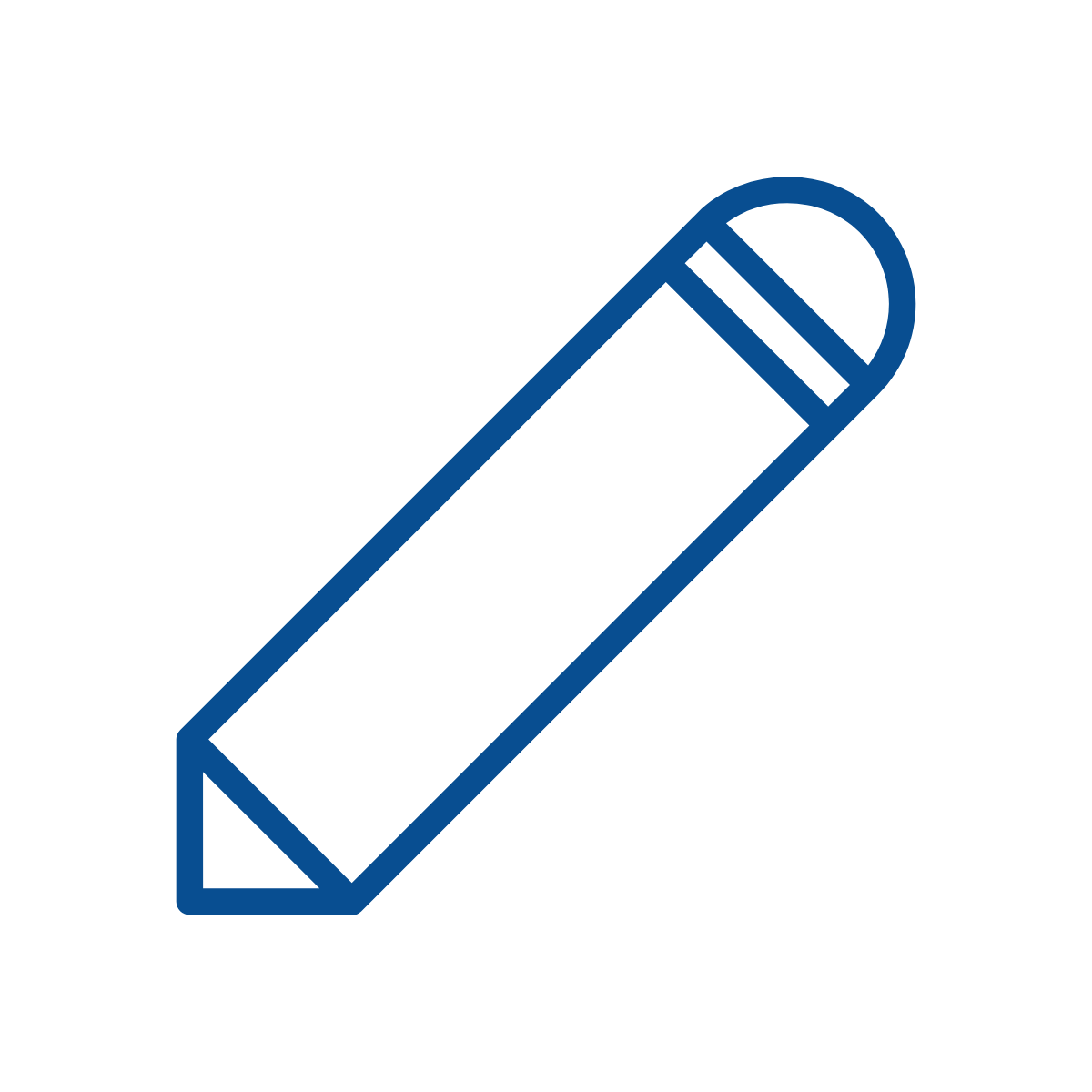- Accueil
- EN
- Studying at ULB
- Find your course
- UE
-
Share this page
Chimie physique des mileux dilués
Course teacher(s)
Jean VANDER AUWERA (Coordinator)ECTS credits
5
Language(s) of instruction
french
Course content
Principle, operation and instrumental function of lasers and interferometers; Vibration-rotation of polyatomic molecules (linear and symmetric and asymmetric rotors, large amplitude motions, internal rotation...); Advanced modeling of molecular spectra in the gas phase (line profiles, absorption and emission...); Measurement of line parameters (experimental aspects, least squares fitting methods, errors...); Line intensities (matter-radiation interaction, transition moments, vibration-rotation interactions...); Examples.
Objectives (and/or specific learning outcomes)
At the end of this teaching unit, the student will have acquired deep, theoretical and experimental knowledge in high resolution infrared spectroscopy using interferometric and laser tools. This teaching unit makes the transition toward research activities, in particular in the context of the chemical physics of molecules and the study of planetary atmospheres.
Teaching methods and learning activities
On campus learning; lecture, supervised exercises and/or discussions on book chapters or research articles read by the student.
References, bibliography, and recommended reading
(1) "Physical Chemistry, a molecular approach", D.A. McQuarrie and J.D. Simon, University Science Books, Sausalito, California (1997), ISBN 0-935702-99-7, BST 541 M 242 p (2 exemplaires); (2) "Spectra of atoms and molecules", P.F. Bernath, Oxford University Press, New York, 2nd edition (2005), ISBN 0-19-517759-2, BST 543.085.8 B 457 s (1st ed.); (3) "Infrared Fourier transform spectrometry", P.R. Griffiths and J.A. de Haseth, Wiley-Interscience, 2007, ISBN 978-0-471-19404-0, BST 535.842 G 875 f 2nd ed.
Contribution to the teaching profile
Understand, master and exploit specialized concepts in chemical physics; Integrate experimental and theoretical reasoning; Acquire, analyze, interpret and criticize data; Use the precise and specific language and the communication conventions of chemical physics; Present orally in a clear, concise and rigorous manner the results of a work to a specific audience; Summarize and synthetize information.
Other information
Contacts
Jean VANDER AUWERA (jauwera@ulb.ac.be), Service de Chimie Quantique et Photophysique, C.P. 160/09, building D, level 7, Solbosch Campus. Communication between the teacher and the student relies mainly on e-mail ("ulb.ac.be" addresses only).
Evaluation
Method(s) of evaluation
- Other
Other
Oral exam, based on a research article presented by the student, which guides the questions and notions discussed.
Mark calculation method (including weighting of intermediary marks)
The mark reflects the level of understanding of the student.
Language(s) of evaluation
- french
